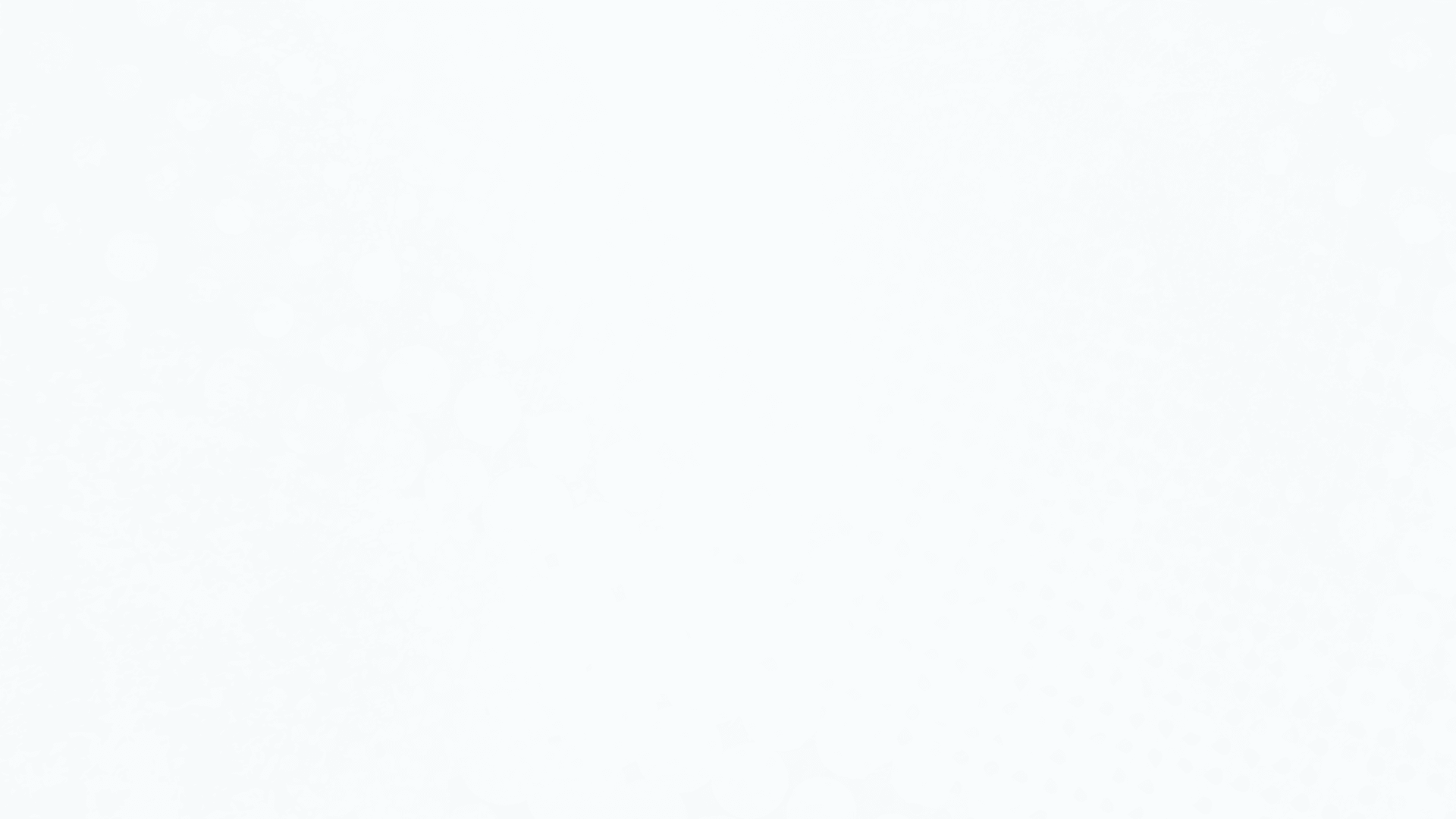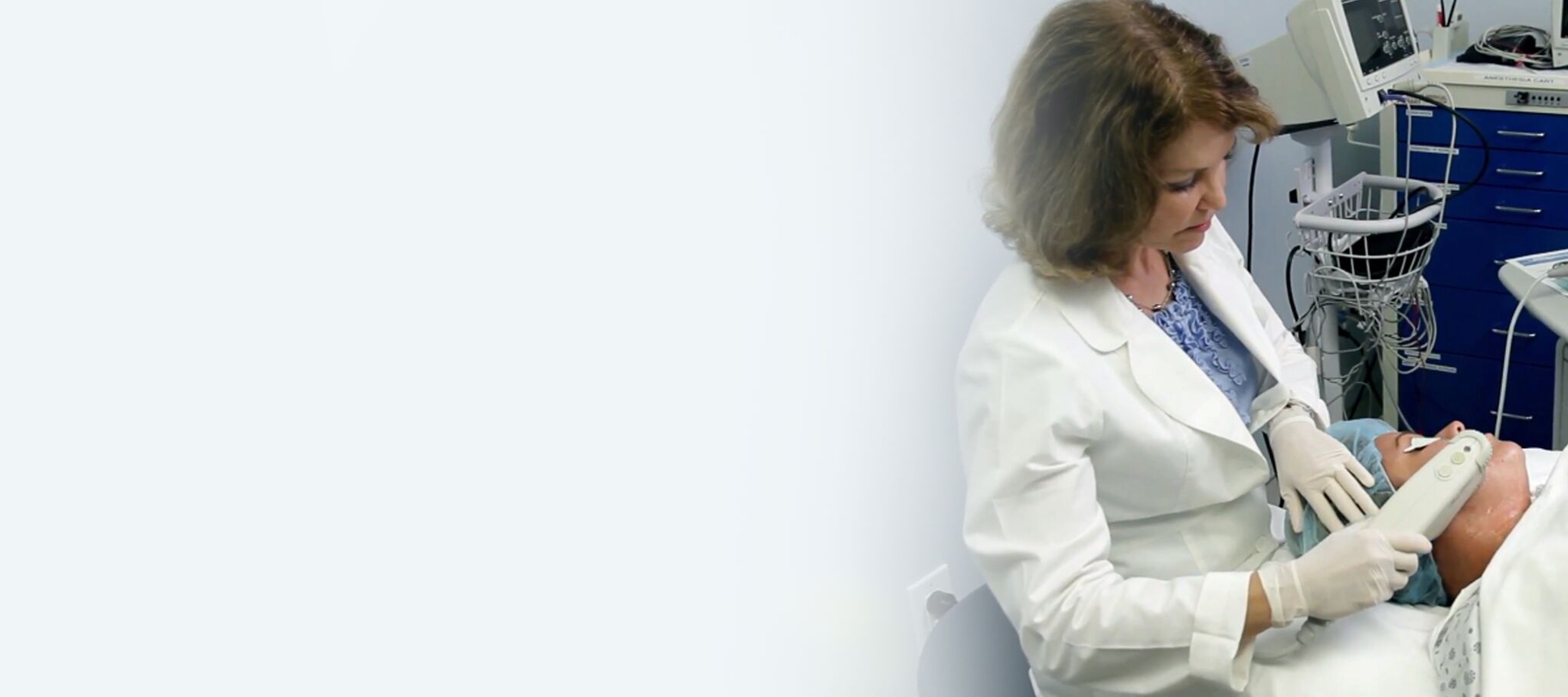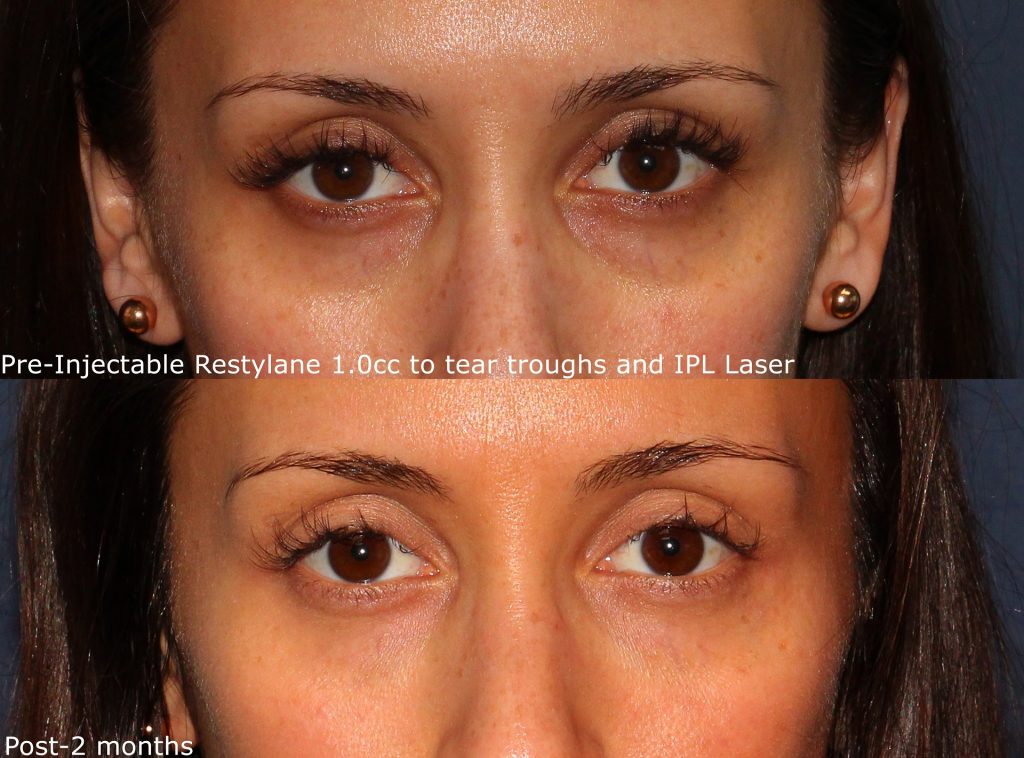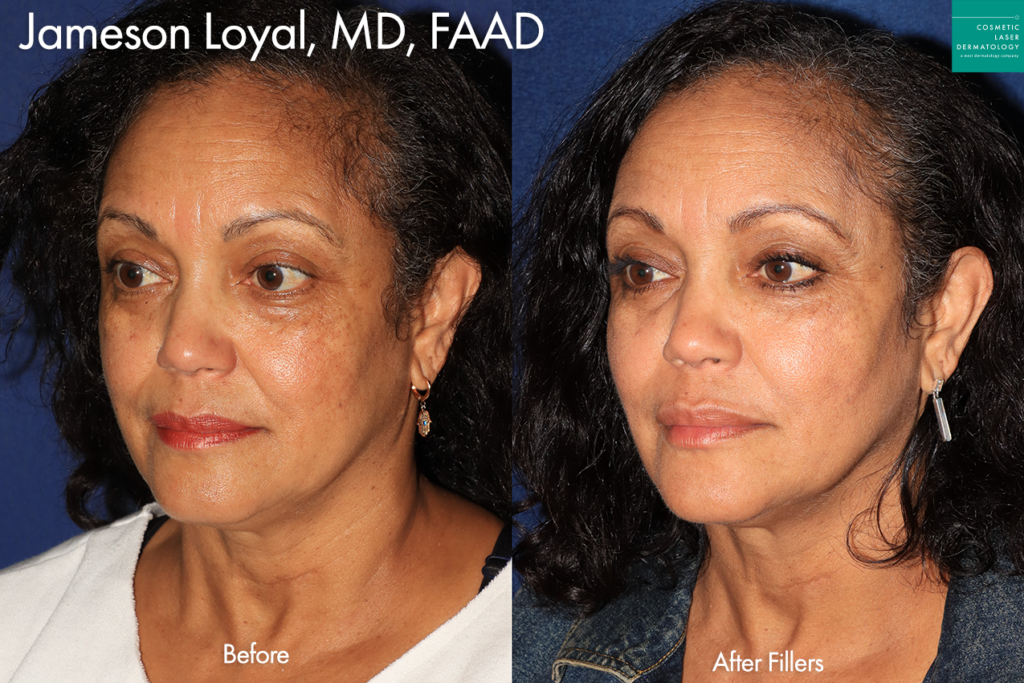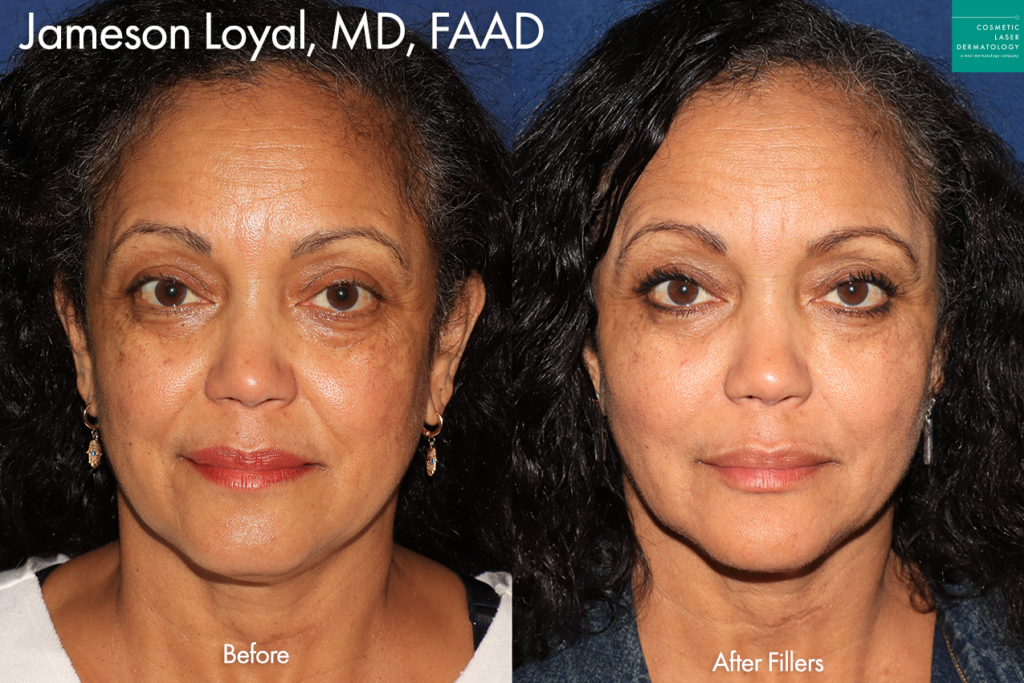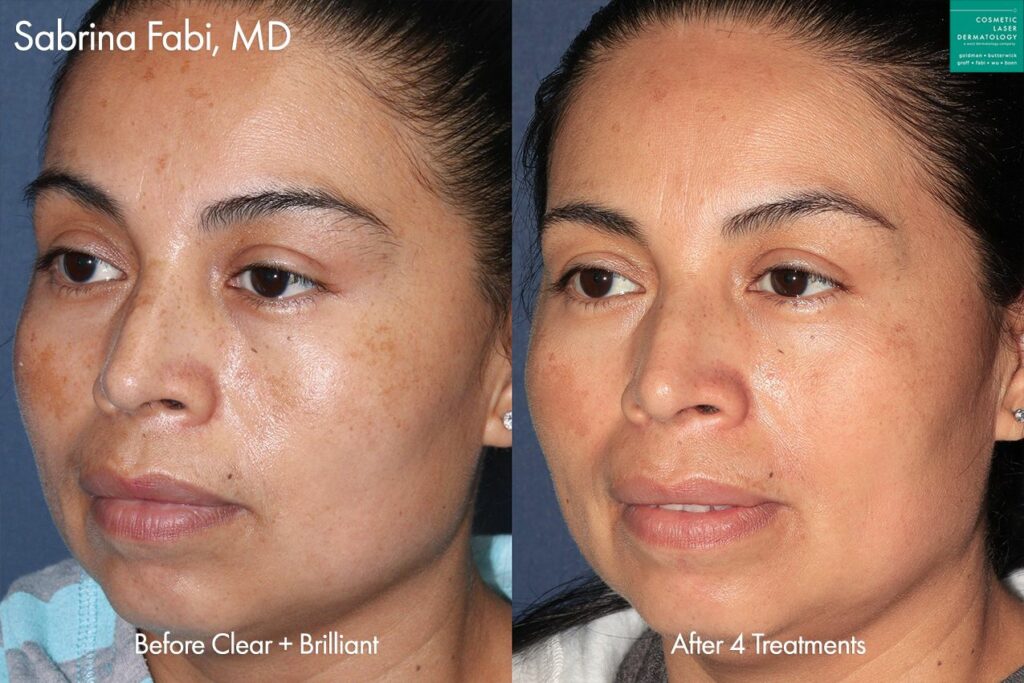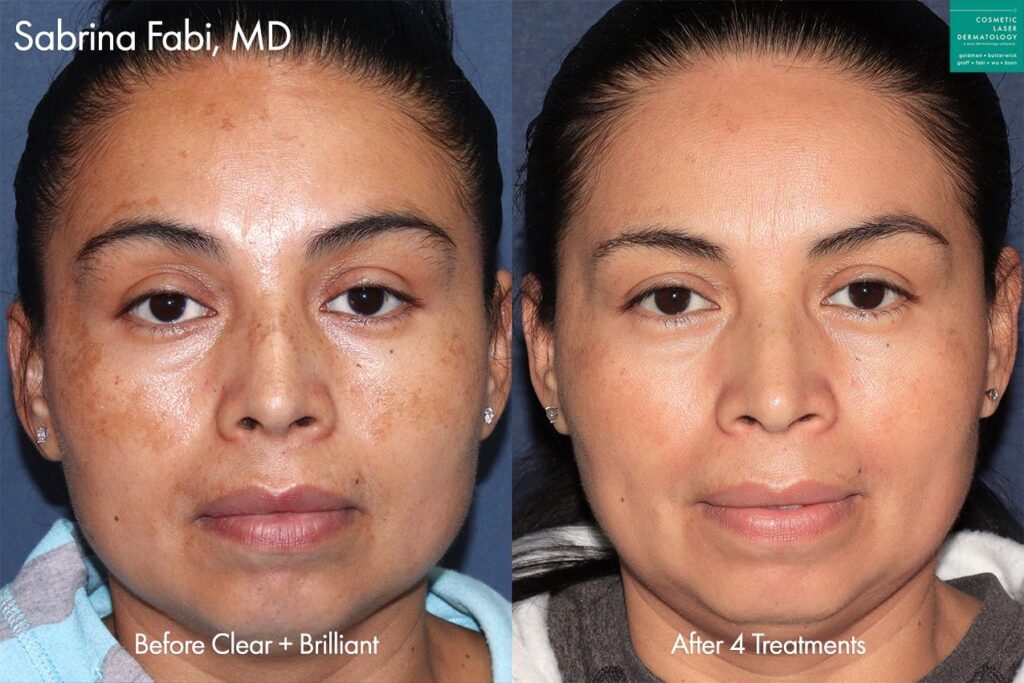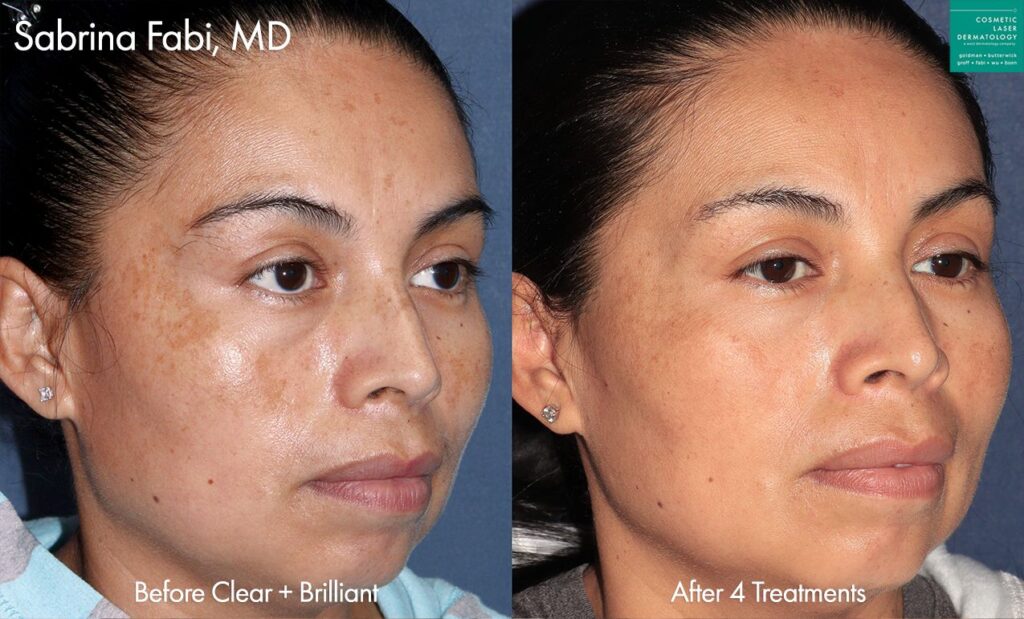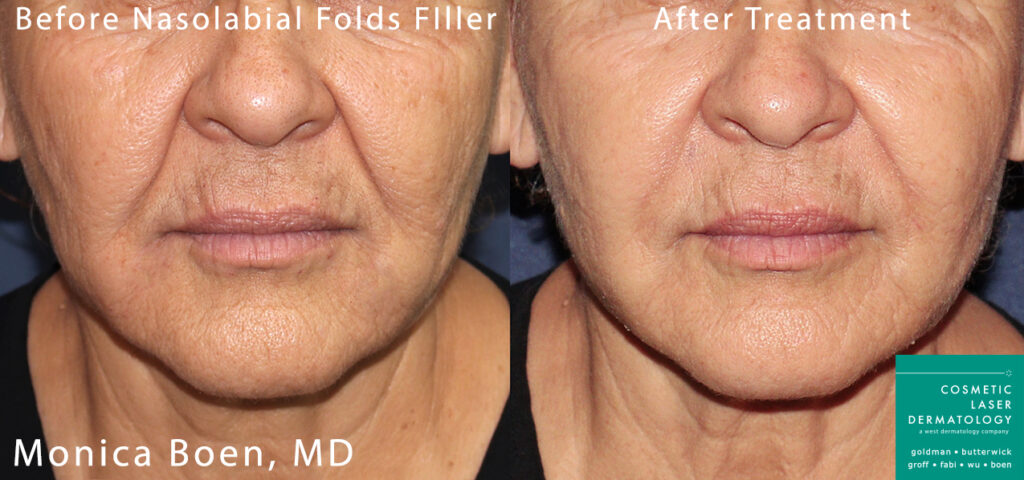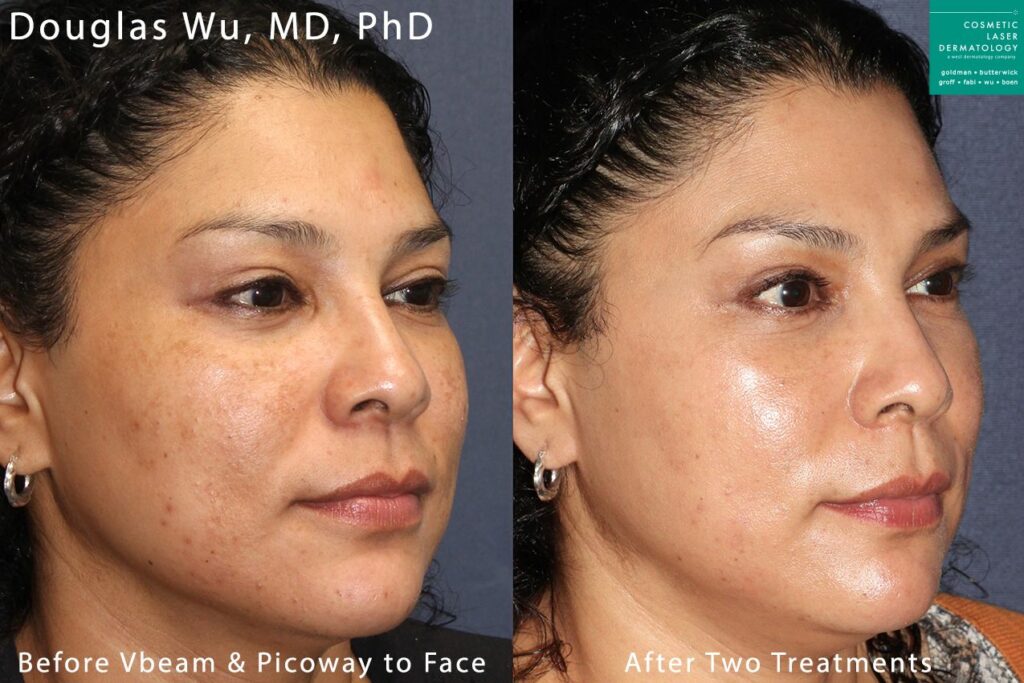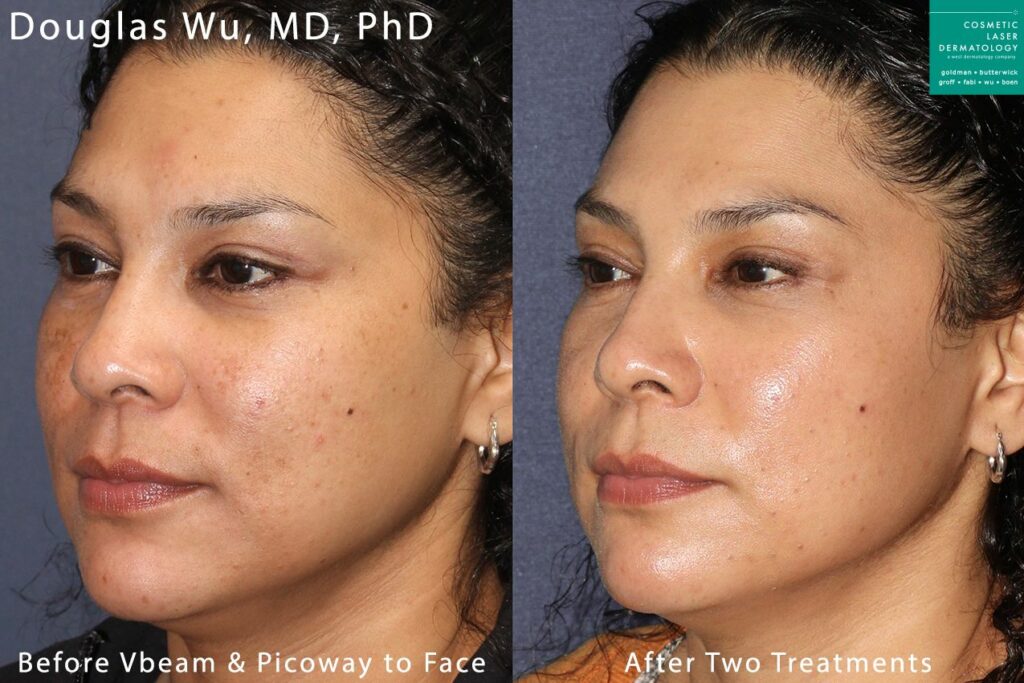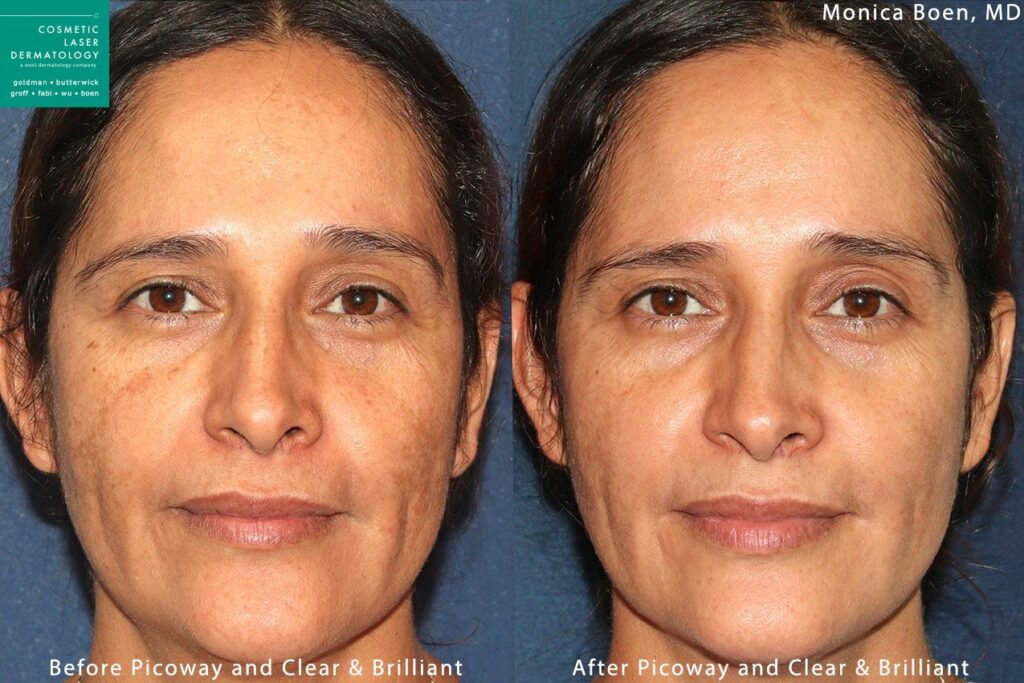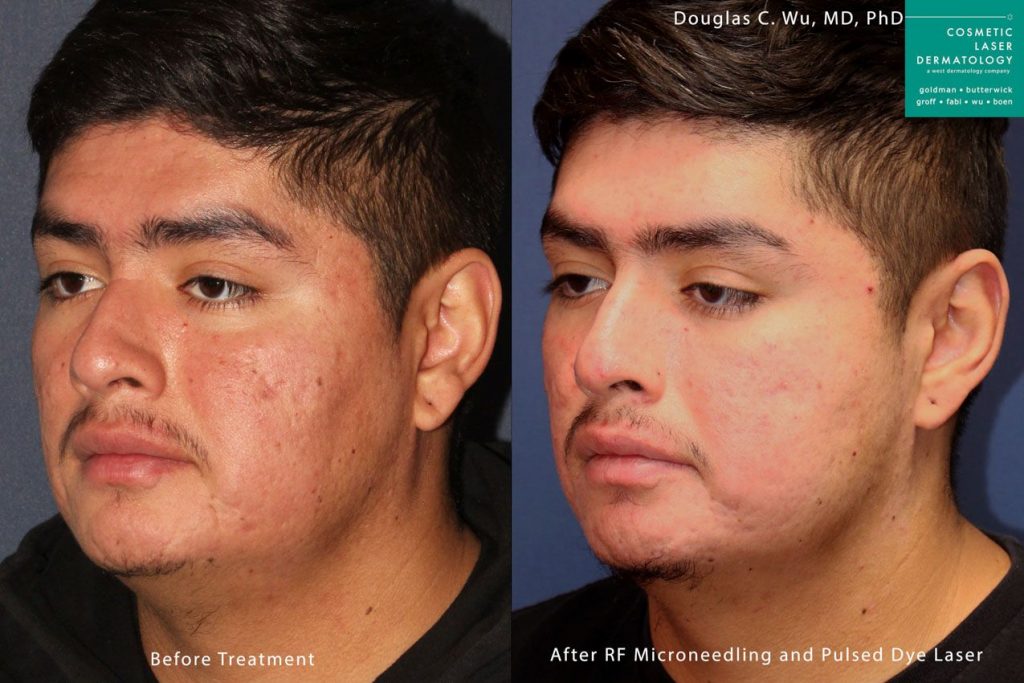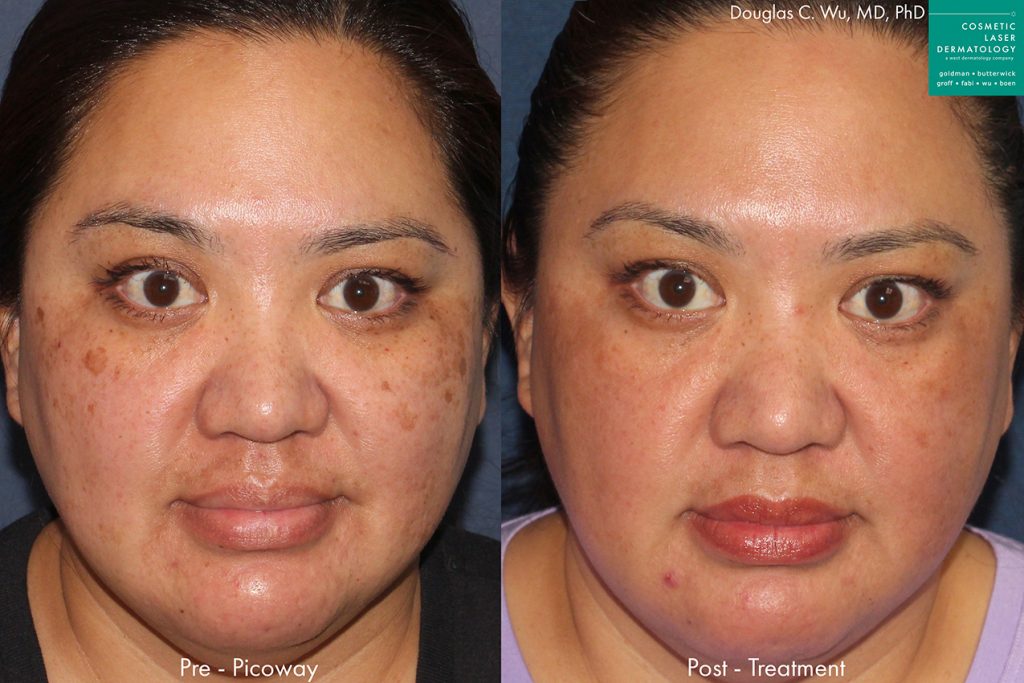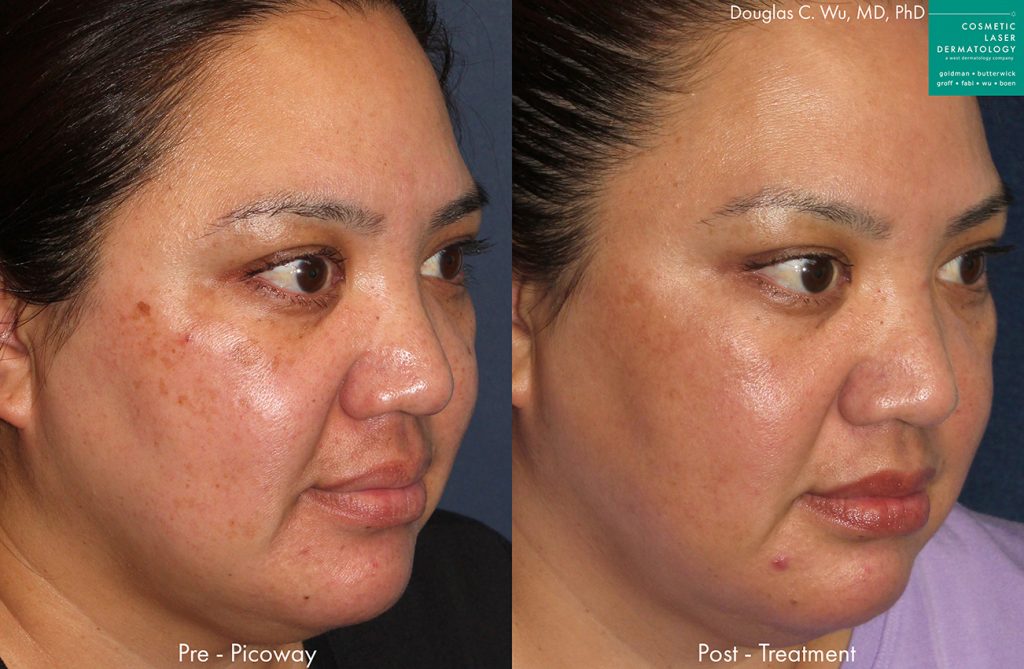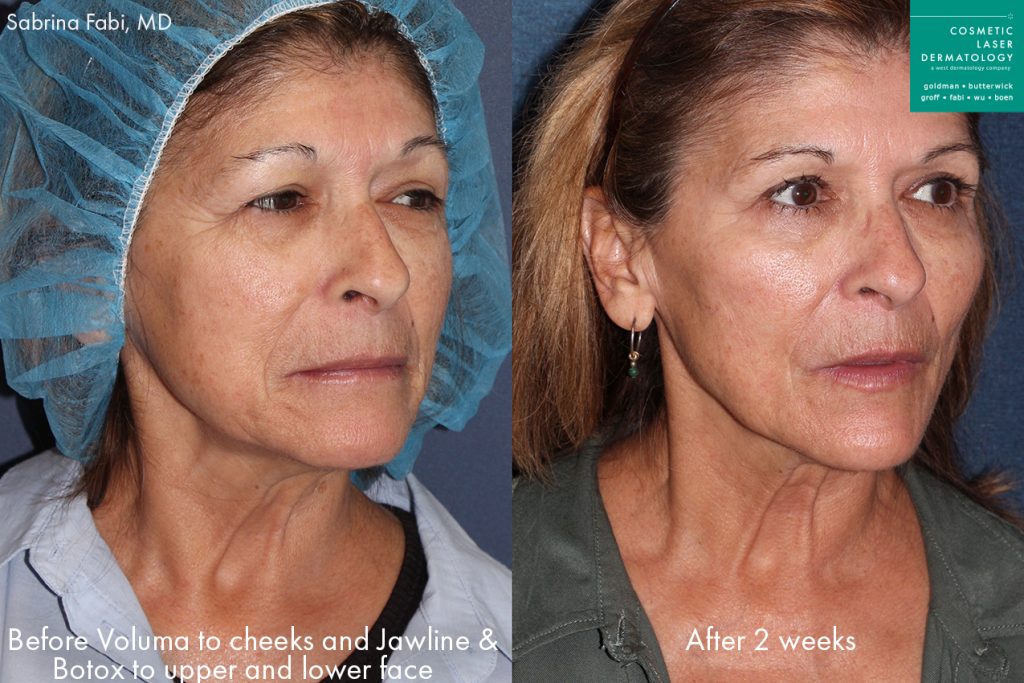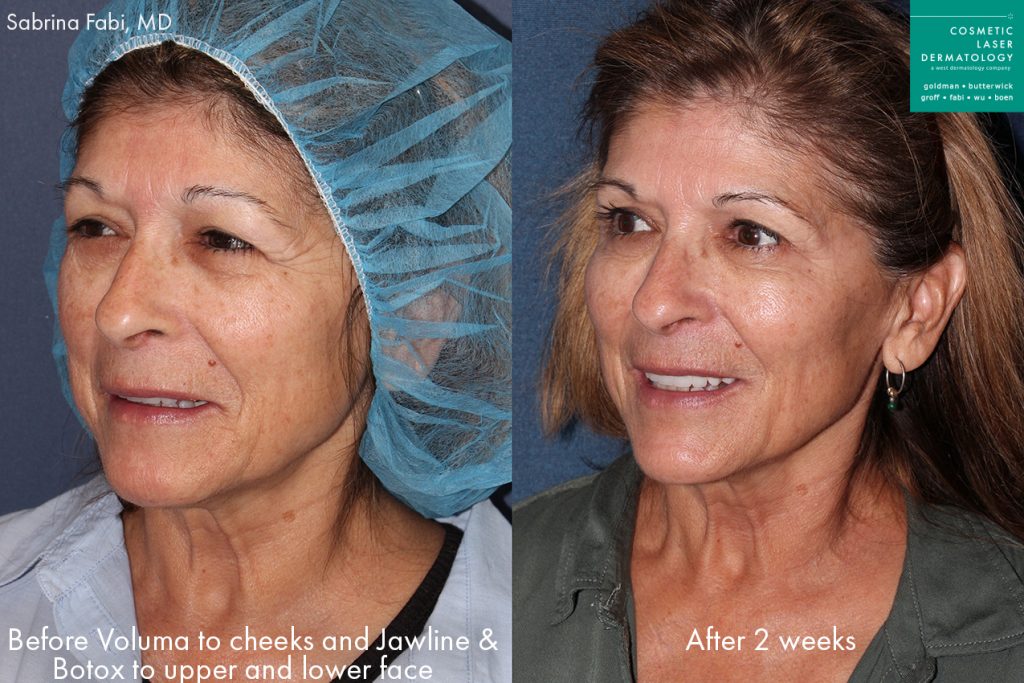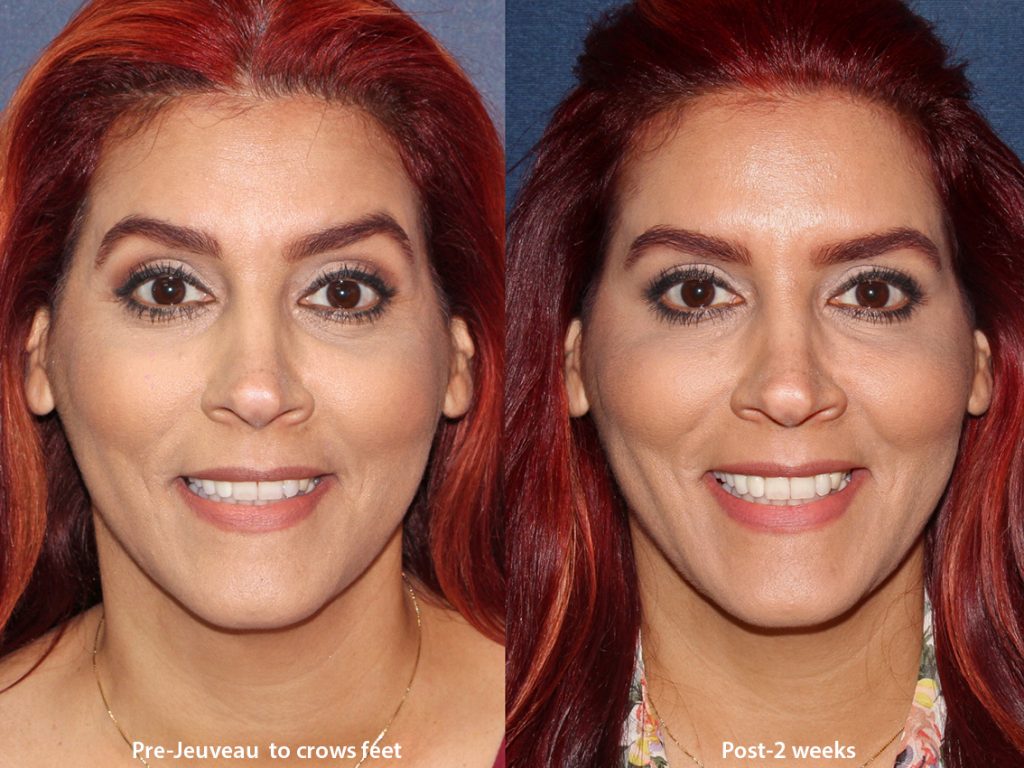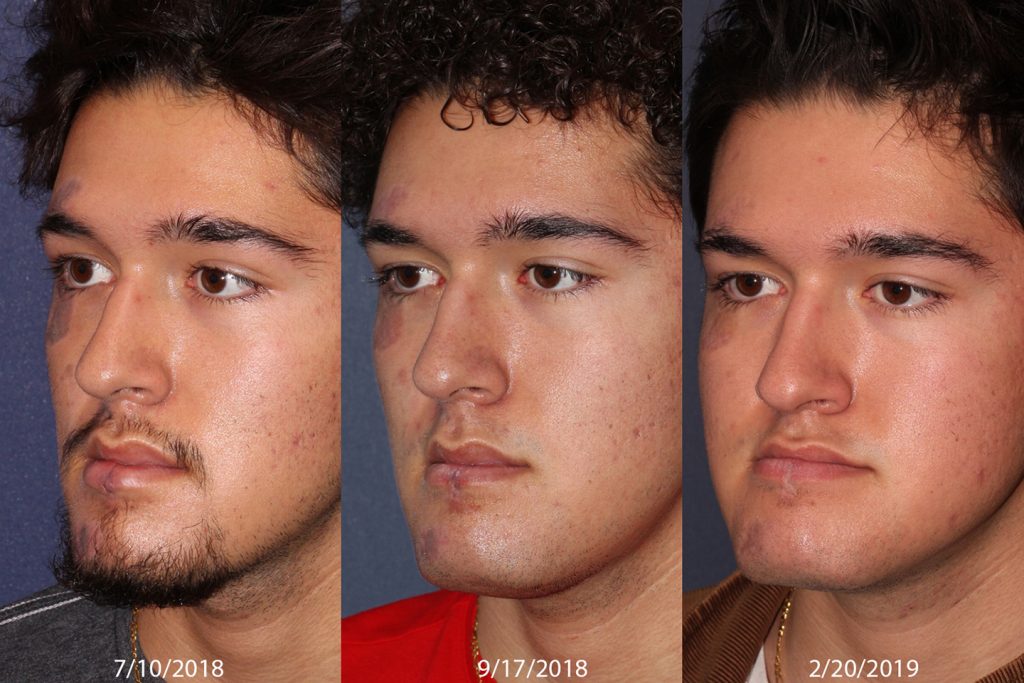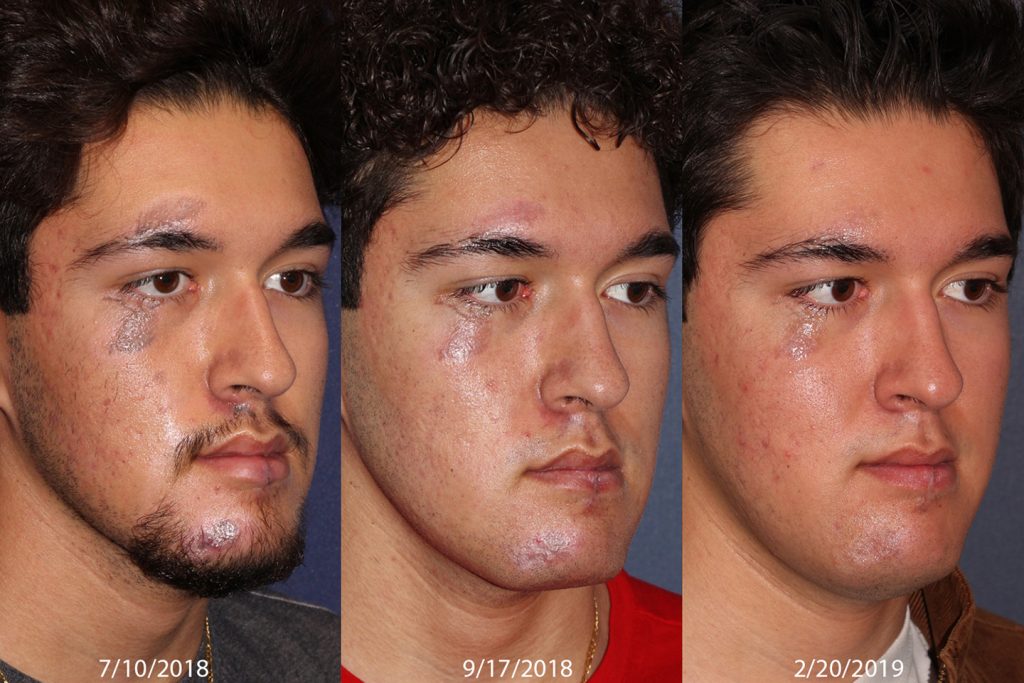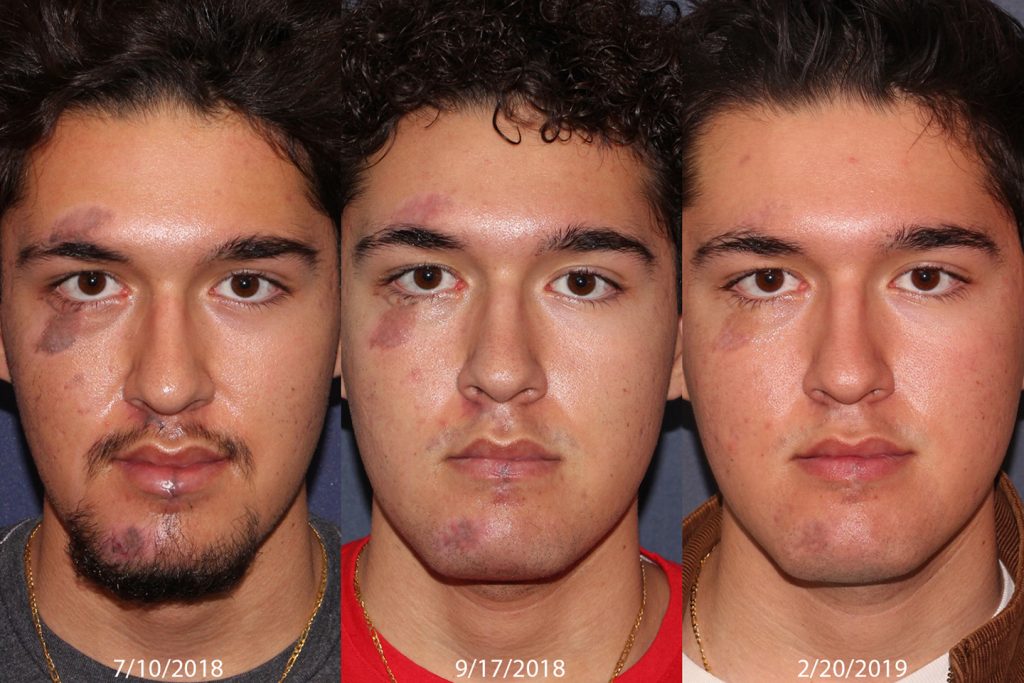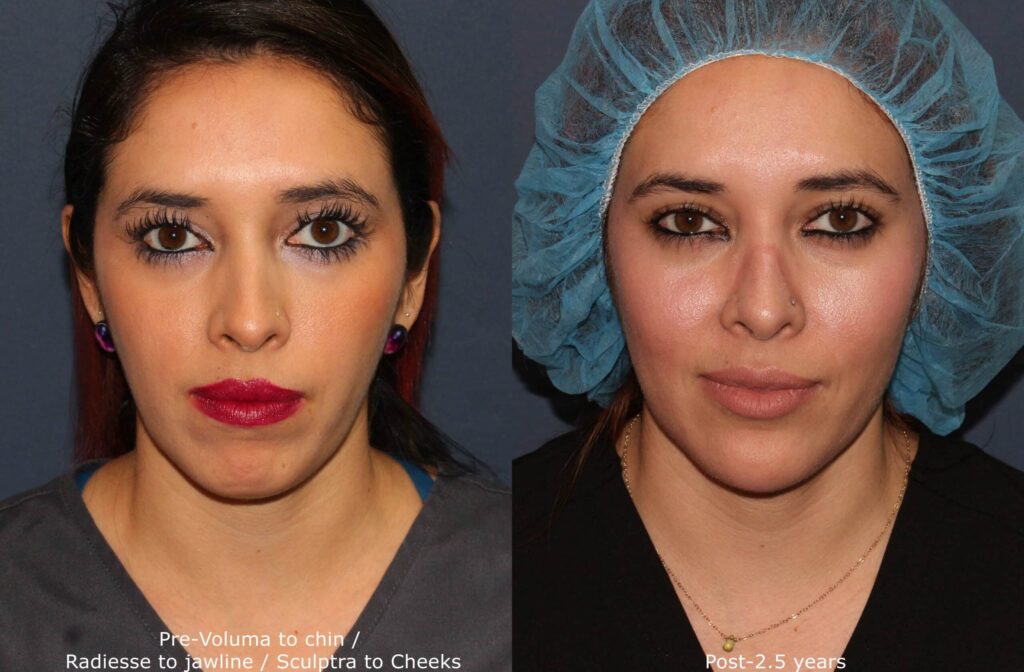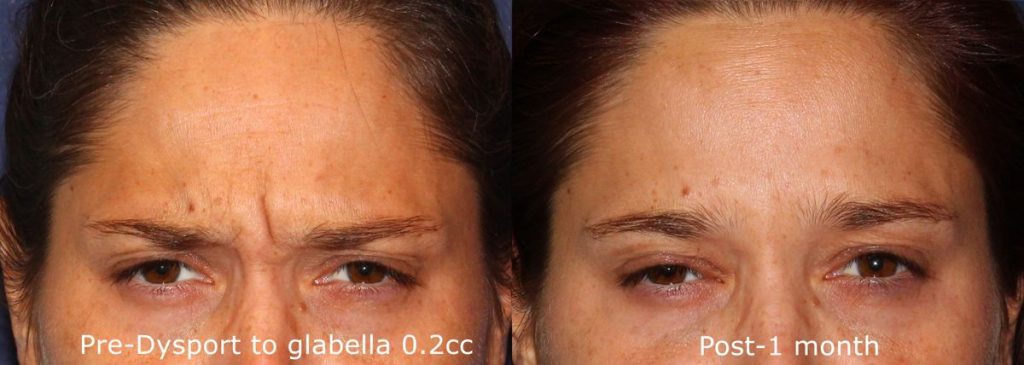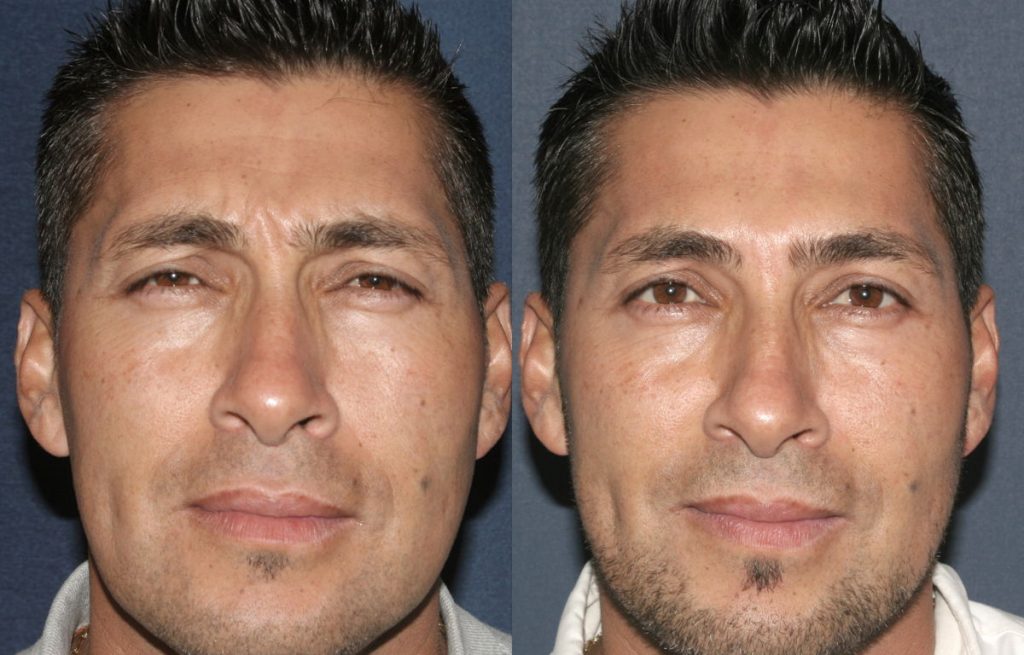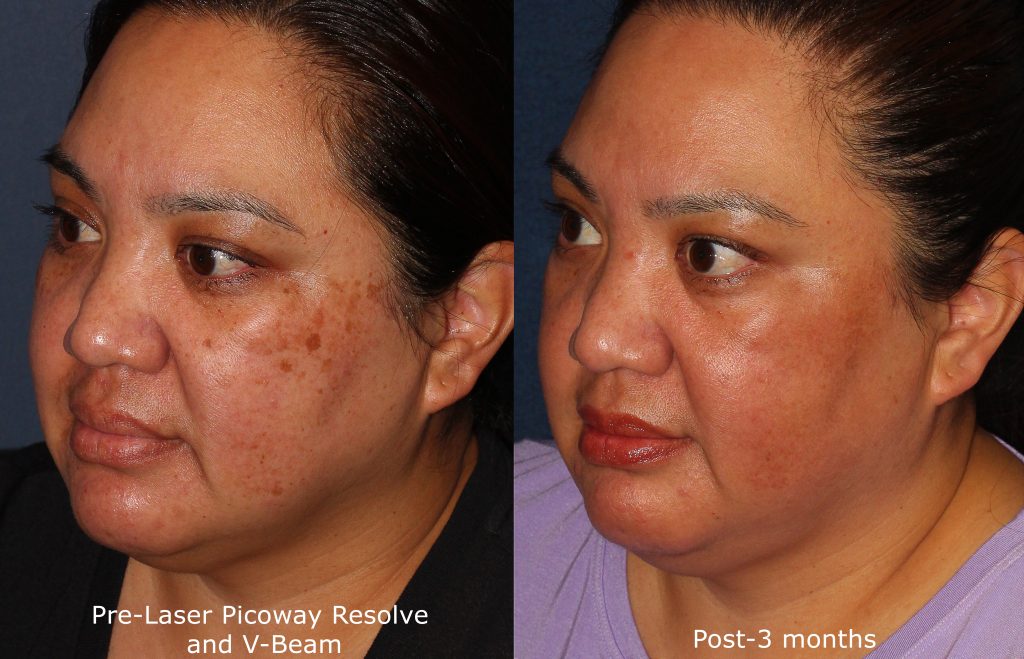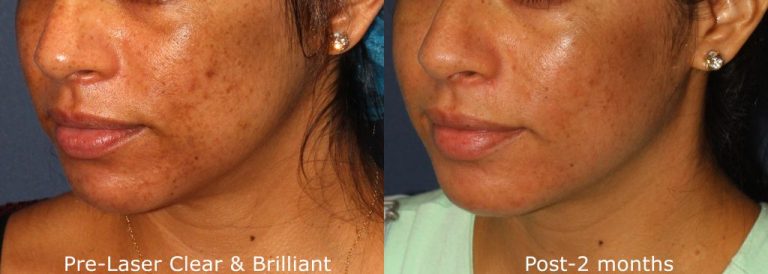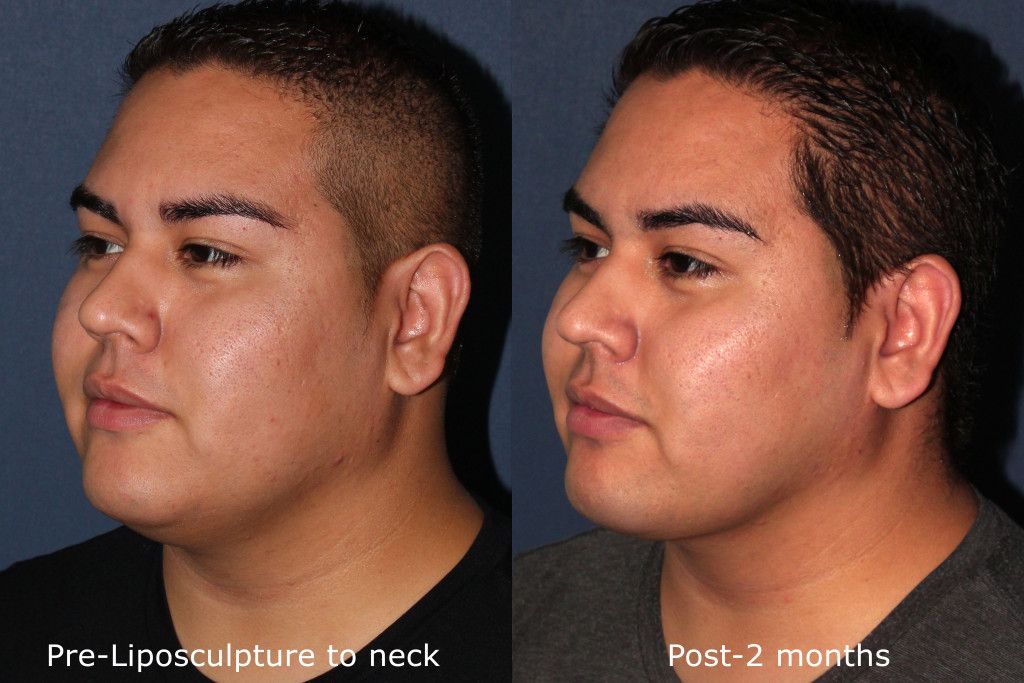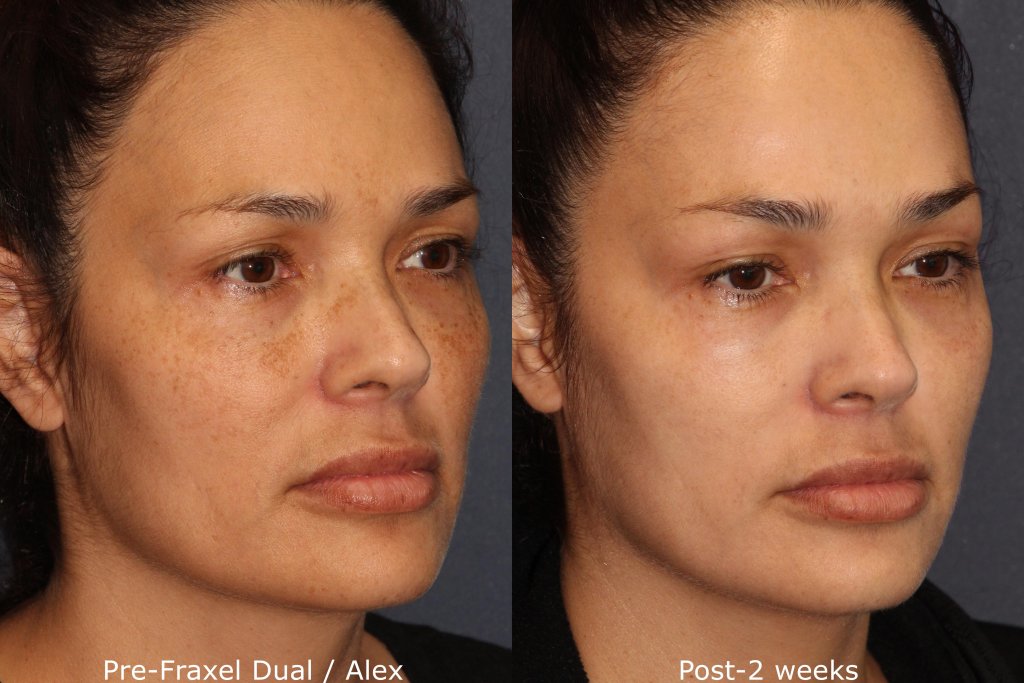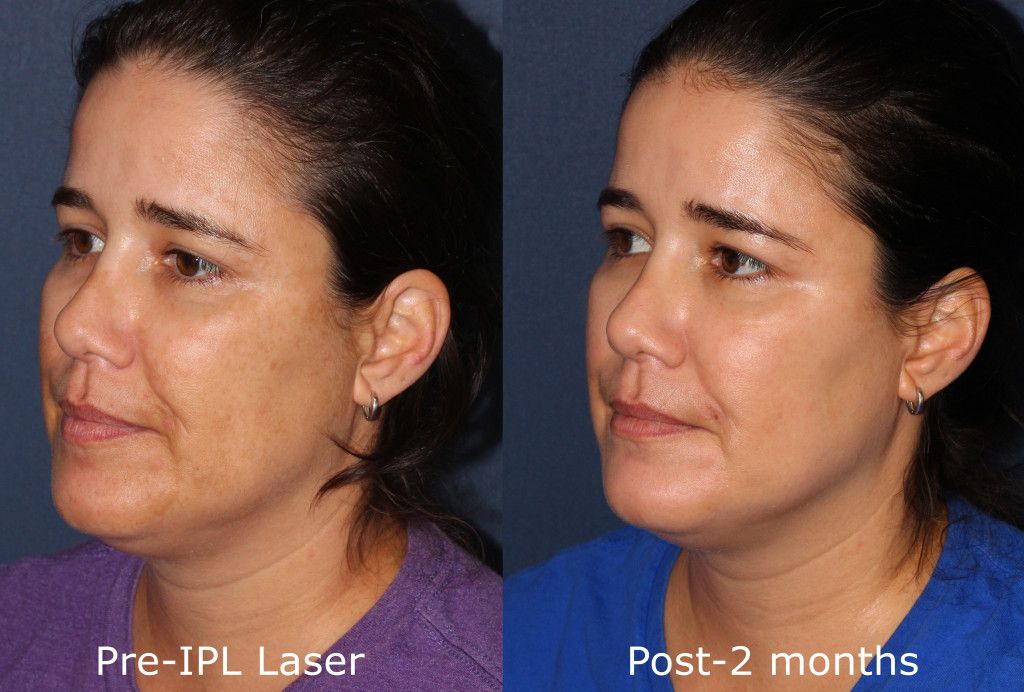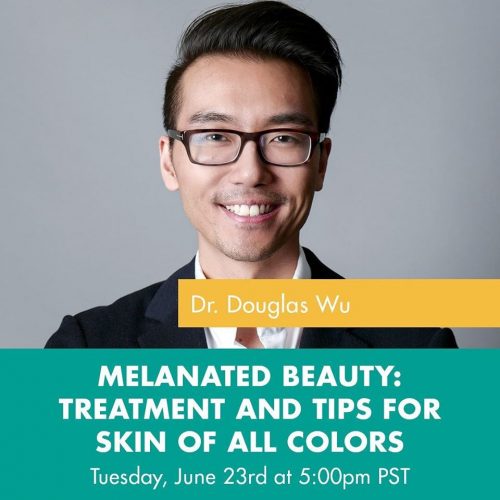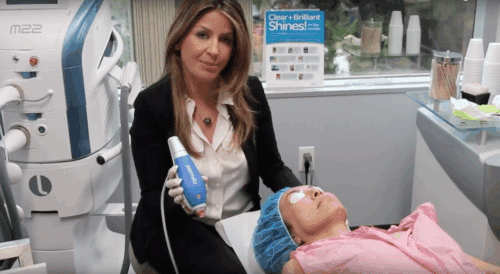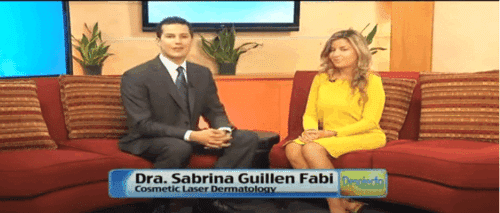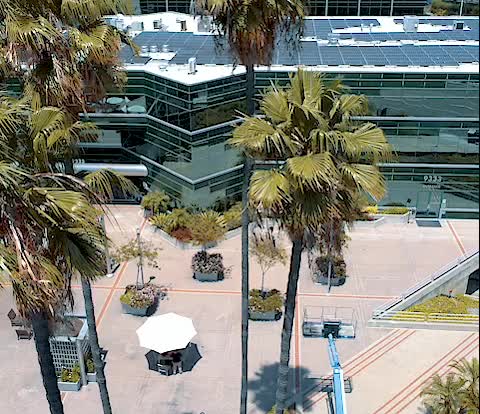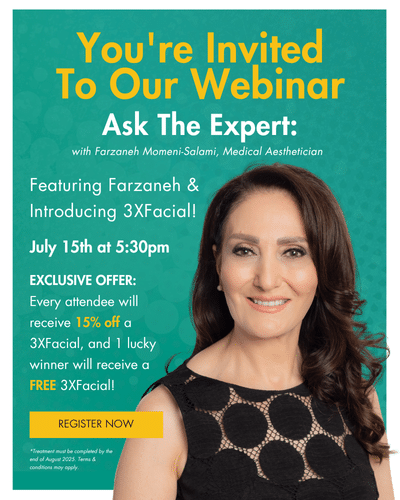Latin/Hispanic Skin Overview

To maintain the health of your skin, talk to our world-renowned experts about your Latino skincare needs. At Cosmetic Laser Dermatology, our cosmetic and medical dermatologists are second to none in diagnosing and treating skin conditions for ethnic skin types, including those specific to your Latino skin.
Mocha, tan, bronze, olive, honey, and caramel are all commonly used to describe the tones of Latino skin. Latinos with heritages that trace back to Spain or Portugal might also have a fairer complexion. In contrast, those that originating from African countries like Ghana, Liberia, or Nigeria might have darker skin.
Tips for Caring for Latino Skin
- Enjoy fewer wrinkles – Latino skin is slower to show signs of aging than Caucasian skin types, due to its thicker dermal structure and excess oil production.
- Create a plan for controlling oil – Sebum, an oily substance in the skin, tends to be higher in Latino skin, leaving it more vulnerable to breakouts. Pimples can lead to post-inflammatory hyperpigmentation (PIH). Get professional help for acne-prone skin to lower this risk.
- Practice proper sun protection – Although your skin might not be as prone to burning as Caucasian skin, sun exposure can lead to brown spots, skin cancer, hyperpigmentation, and melasma. Always wear sunscreen when you are outdoors, to prevent these spots from forming.
- Give your skin some TLC – Like other ethnic skin types, Latino skin is vulnerable to hyperpigmentation due to acne breakouts or skin trauma. Treat conditions and injuries early to avoid hyperpigmentation. Always work with doctors who have expertise in treating Hispanic skin to ensure the procedures you undergo will not damage your skin.
Contact our San Diego medical spa today for a skin assessment
Our doctors have extensive experience working with all skin types and tones and will customize your treatment and skincare products to your precise needs and goals. We are currently accepting new patients, so contact a member of our team today.
What to Expect

Latino skin is typically more resistant to sun damage and less prone to wrinkling or premature aging than those with lighter skin tones. However, the diversity in Latino skin types means that people with this type may react differently to injuries, sun damage, aging, and other common conditions. A personalized treatment plan is always the best approach to ensure the safety and efficacy of each procedure performed.
Many of the following disorders are not limited to those with Latino skin. However, your skin type might react differently than other skin types, so you should know more about how common disorders could affect you.
Pigment Changes
Latino skin is especially vulnerable to conditions that cause pigment changes. Two common conditions seen in Latino patients are melasma and post-inflammatory hyperpigmentation (PIH).
Melasma
Melasma causes brown patches on your skin, particularly on your face. The spots can become quite noticeable, which can impact your self-esteem. Sun exposure and hormone changes are two of the most common triggers of melasma, which is why women often see the condition appear during pregnancy. Other triggers might include an insect bite, skin rash, or burns.
Post-inflammatory hyperpigmentation
PIH is a similar condition that can also develop from these same triggers. The darkened areas can also occur if a cosmetic procedure damages the skin. That’s why seeing a board-certified dermatologist is essential. PIH can be challenging to treat and often requires a series of sessions and a combination of treatments to achieve the best possible result.
Other pigment changes, such as solar lentigos, seborrheic keratosis, café au lait macules, and ephelides, are not exclusive to Latino skin types, but they can be more challenging to treat with darker skin tones. Cosmetic Laser Dermatology offers a variety of treatment options to clear up Latino skin and restore its tonal balance.
Wrinkles
While darker skin is less susceptible to wrinkling, lighter Latino skin tones can be just as vulnerable to lines as other skin types. Latino patients that want to minimize wrinkles have a variety of treatment options at their disposal, including retinoid creams, dermal fillers, Botox®, and laser therapy.
Acne
Because Latino skin types tend to have more sebum, you might be more prone to developing cystic acne, which happens when a pimple turns redder, becomes more tender, and fills up with pus. Your dermatologist has to be very careful that treatment doesn’t cause skin discoloring.
Further complicating Latino skin acne is that your skin is more sensitive to the benzoyl peroxide found in most common topical medications. As a result, you likely would need a specialized, custom treatment plan, which could include a combination of therapies.
Don’t ignore your acne because it may lead to acne scarring. Contact the dermatological experts at Cosmetic Laser Dermatology to learn which Latino skincare treatments are best suited for you.
Skin Cancer
Lighter skin tones are more susceptible to the UV damage caused by sun exposure, but even darker Latino skin is not immune to developing cancer. Don’t make the mistake of thinking that sunblock is unnecessary because your skin is darker. Rising cancer rates among younger Latinos in America demonstrate the need for consistent sun protection.
Don’t ignore an abnormality in your skin, such as discoloring or inflammation that doesn’t go away. Seek early diagnosis and treatment to reduce your skin cancer risk.
Treatment Options for Latino Skin
Cosmetic Laser Dermatology offers numerous treatment options for all types and tones of Latino skin. Some of the treatments offered at our San Diego medical spa include:
Injectables
Injectable treatments like neuromodulators and dermal fillers are practical options for both anti-aging and facial contouring. Dermal fillers offer underlying support to the dermal structure, which can restore youthful volume to the midface and minimize the appearance of wrinkles. Fillers can also be an effective solution for undereye circles and lips that lack fullness. Neuromodulators can also be used to treat some types of lines and creases. These medications work by relaxing facial muscles that form lines when you make expressions like smiling or squinting. Botox is also a popular treatment for masseter reduction. These injectable treatments are quick, effective, and safe for use on all skin types and tones.
Picosecond Lasers
The rapid-pulse technology in these lasers is effective in treating hyperpigmentation and brown spots caused by sun damage on all skin types, including Latino skin. Picosecond lasers, like PicoSure®, are also used for tattoo removal. We currently have three different picosecond lasers so we can personalize treatments with the precision necessary to achieve an optimal outcome.
Clear + Brilliant® Permea Laser
The Clear + Brilliant laser is used to reverse signs of aging and rejuvenate the skin. It is also a preferred treatment for melasma, a common complaint among our Latino patients. This laser is safe and effective for all skin types and tones, including Latino skin.
Potenza RF
Potenza RF Microneedling combines radiofrequency energy with microneedling to stimulate deep collagen production. This versatile treatment effectively addresses acne scars, fine lines, enlarged pores, and uneven skin texture on all skin types.
SkinVive
SkinVive is the first FDA-approved hyaluronic acid microdroplet injectable that boosts skin hydration and smoothness. This “injectable moisturizer” creates a natural glow lasting up to 6 months without changing facial structure.
ThermiSculpt
ThermiSculpt combines radiofrequency energy with micro-liposculpture for targeted fat reduction and skin tightening. This treatment excels for neck and jawline concerns, with results improving over 2-4 months.
TotalTat (Tattoo Removal)
TotalTat³ is our proprietary laser system that removes tattoos of any size, color, or location on all skin tones. Most patients achieve optimal results in just 3-5 sessions spaced 4-6 weeks apart.
Ultherapy®
Ultherapy is a device that uses targeted ultrasound energy to tighten the skin. It works by constricting underlying tissue and boosting collagen production. Because the ultrasound energy is delivered deep beneath the skin’s surface, it is a safe and effective option for Latino skin types as well as other skin of color. Ultherapy can be used anywhere on the face to reverse skin laxity and create a smoother, more youthful complexion.
Thermage
Thermage is another nonsurgical skin tightening treatment. Instead of ultrasound energy, this device uses radiofrequency energy to constrict tissue and increase collagen levels. Thermage also works deep in the dermal layers, allowing it to be used on all skin types and tones.
RF Microneedling
Radiofrequency microneedling, also called collagen induction therapy, creates tiny micro-channels in your skin to boost collagen levels in the dermal structure. As collagen levels increase, the skin improves at a cellular level. We often use RF microneedling to treat acne and acne scarring in our Latino patients. The device can be used to reduce pores and improve skin texture as well.
Kybella®
Kybella is an injectable treatment that targets the submental fat underneath the chin. The medication destroys the fat cells so the body can safely remove them. Many patients require more than one session to achieve full results, which will develop gradually in the months following the treatment. This treatment is also safe for all skin types and tones.
Body Contouring
Patients also have options in body contouring at Cosmetic Laser Dermatology. CoolSculpting® and CoolTone® are two nonsurgical methods of fat reduction and body contouring that are safe for all our patients, regardless of skin type or tone.
CoolSculpting
CoolSculpting uses controlled cooling to freeze and crystallize fat cells so the body can eliminate them. We can use this treatment on nearly any area of the body where stubborn pockets of fat have formed.
CoolTone
CoolToning is a new device that stimulates supramaximal muscle contractions to simulate thousands of crunches in a single treatment. The result of a CoolToning session is a tighter, more sculpted abdomen.
Special Care, Personalized Treatments in San Diego
Latino skin requires special care and personalized treatments to keep it looking its best. We offer many treatments that are safe and effective for ethnic skin tones. We also have doctors in our office that speak fluent Spanish to accommodate all our patients. Schedule a consultation at our San Diego medical spa so we can discuss the best treatment options for you.
Photos
 Before and after Voluma injections to the midface and jawline and Botox for wrinkle reduction by Dr. Fabi
Before and after Voluma injections to the midface and jawline and Botox for wrinkle reduction by Dr. Fabi
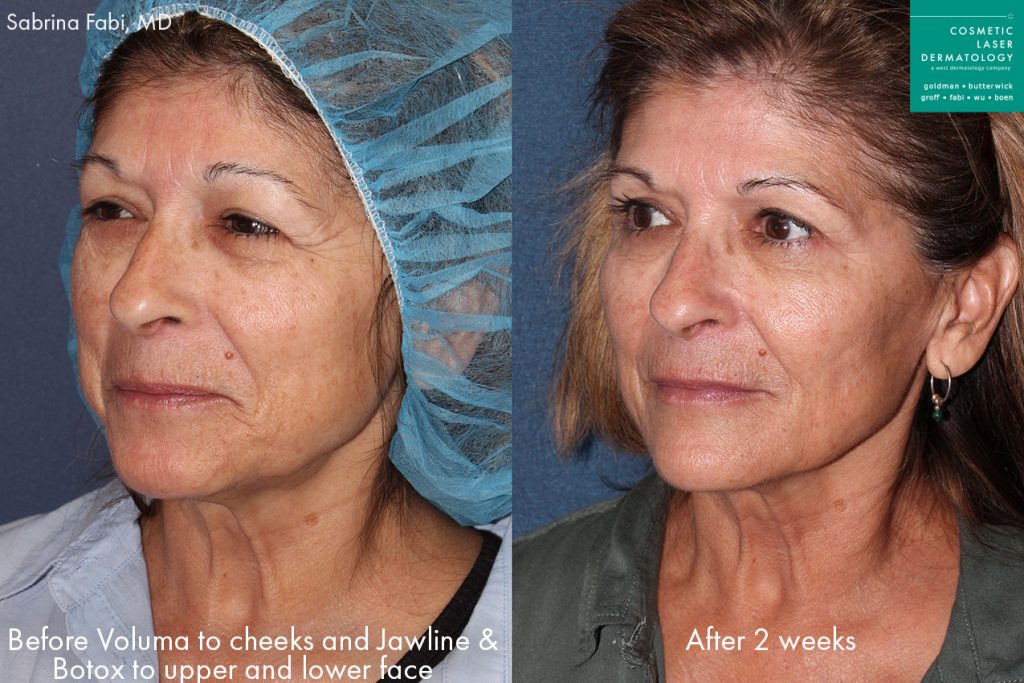 Before and after Botox for wrinkle reduction and Voluma to add volume to the midface and jawline by Dr. Fabi
Before and after Botox for wrinkle reduction and Voluma to add volume to the midface and jawline by Dr. Fabi
Videos
Other Options

In addition to our cosmetic treatments, our experts at Cosmetic Laser Dermatology can help create a skincare regimen using medical grade skincare perfect for your skin type designed to maintain the health of your skin. Contact us today to schedule an appointment with an expert who specializes in Hispanic and Latin skin types
